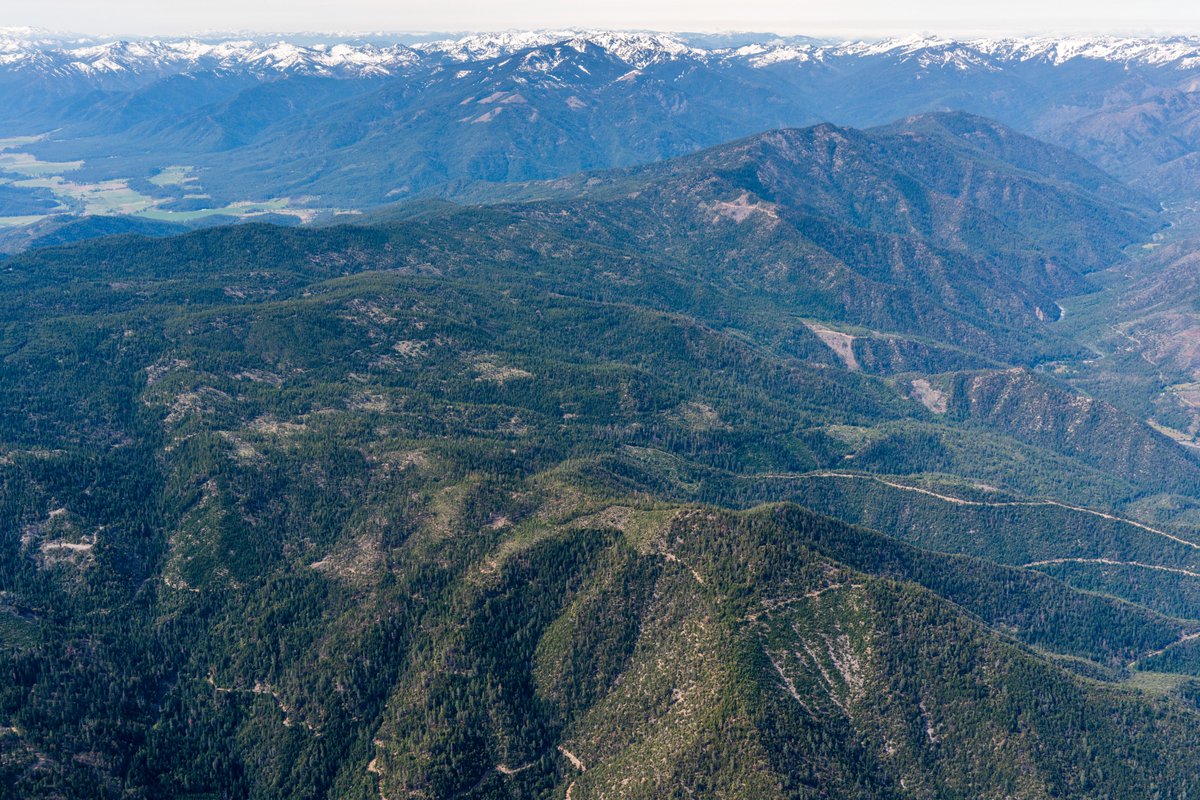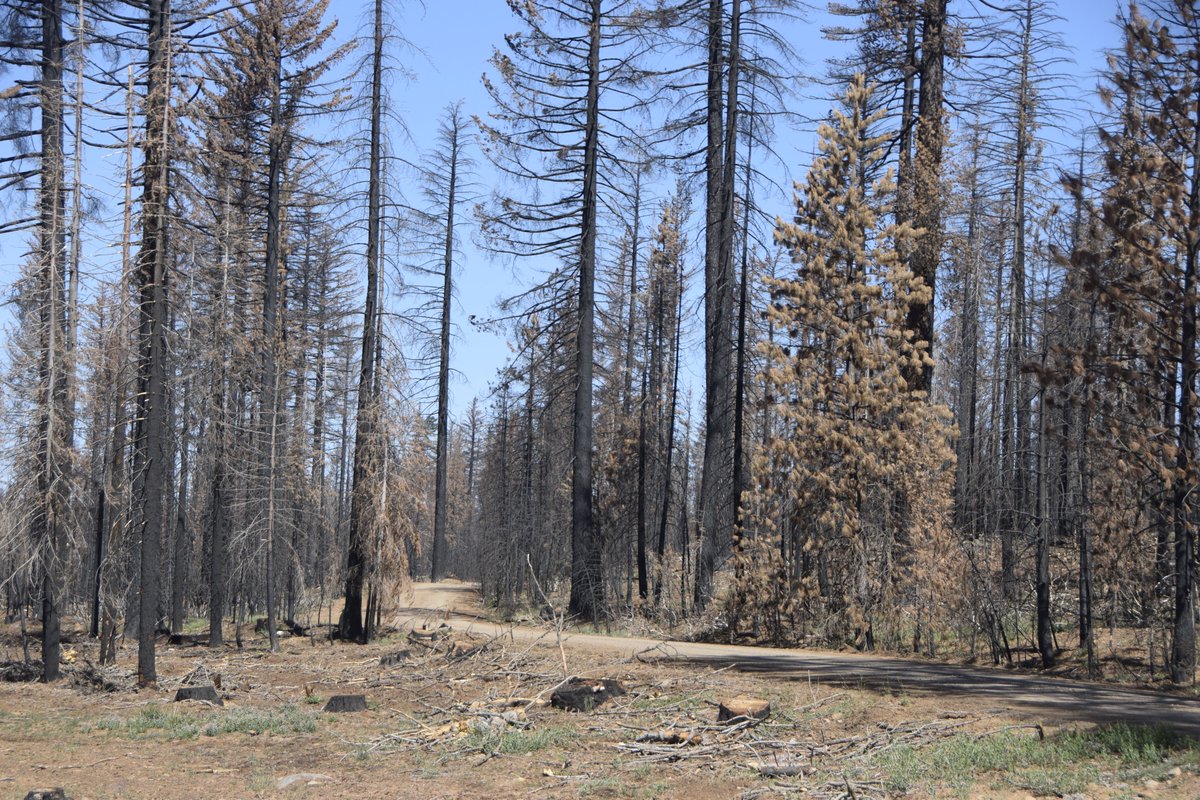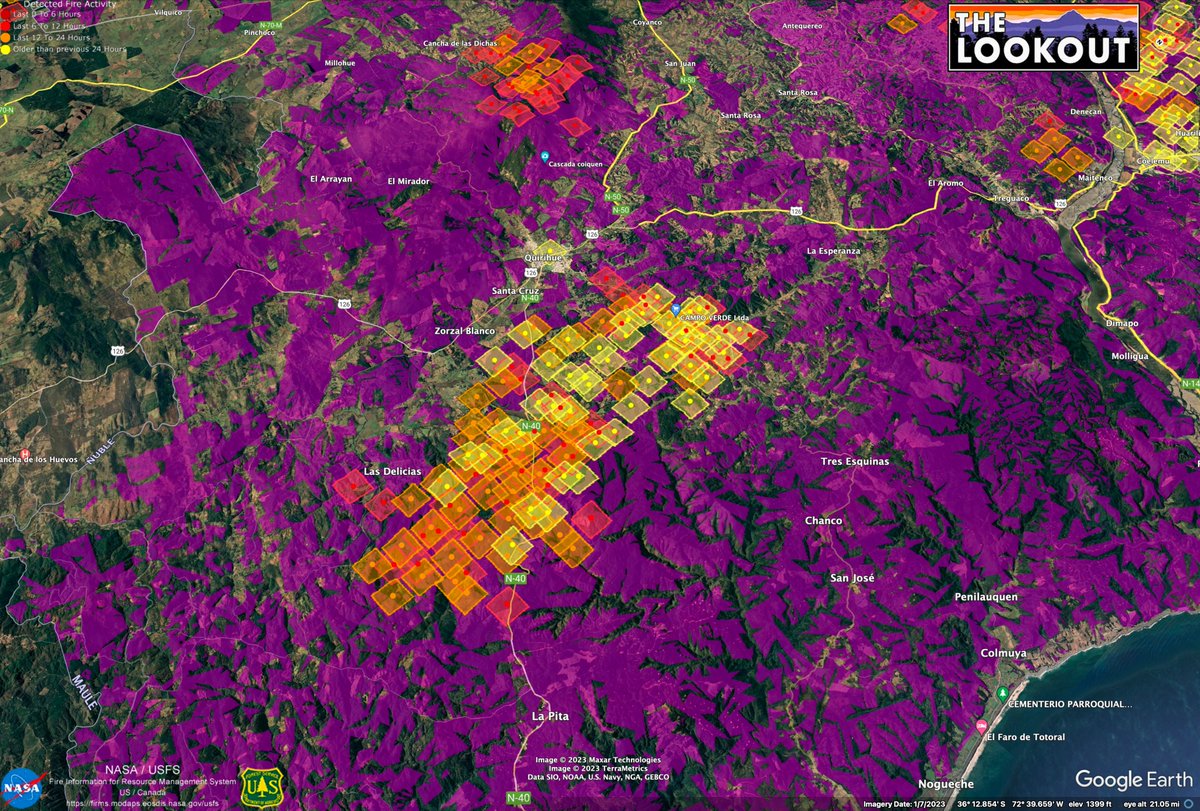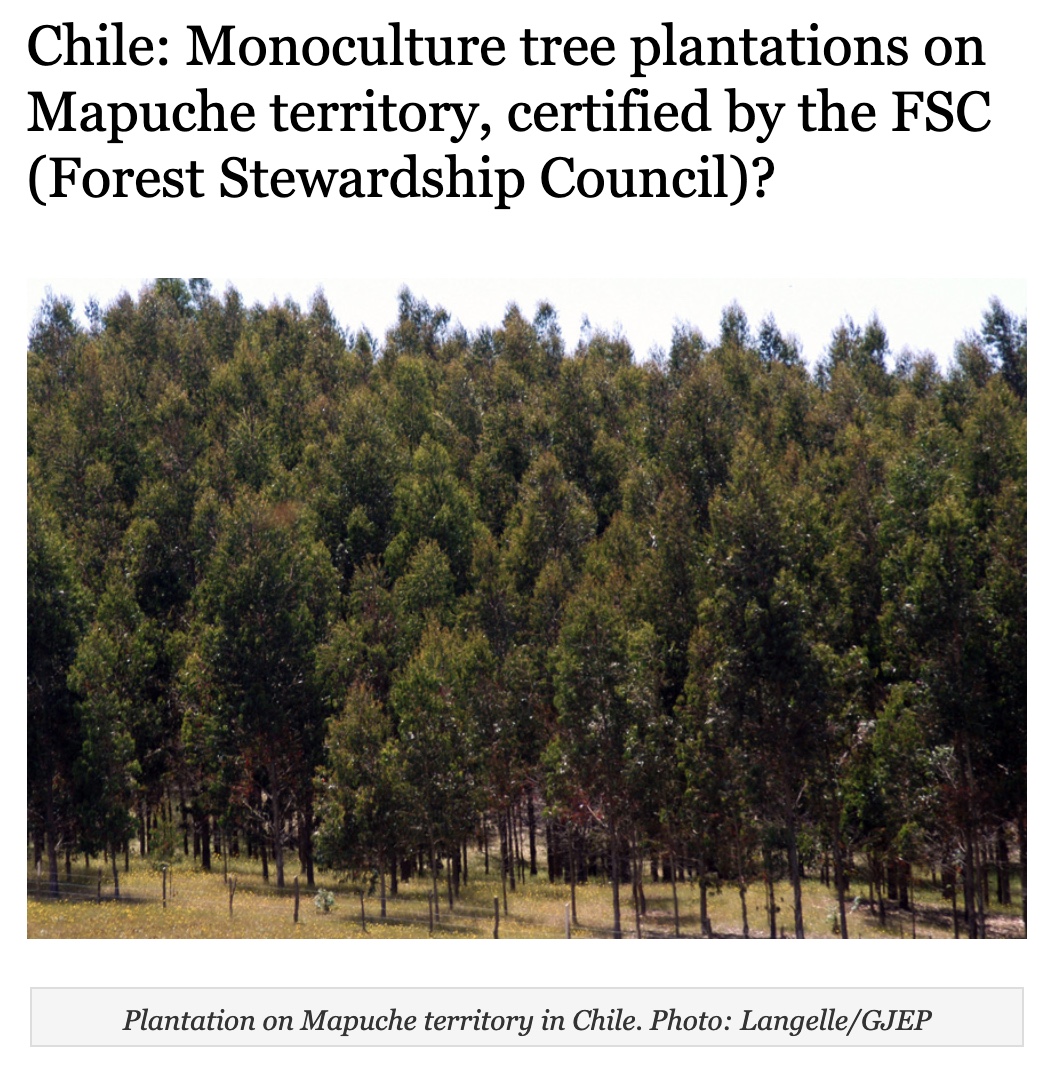There is an interesting story to tell about land conservation, forestry, global carbon markets, and lands threatened by tonight's growth on the #ShellyFire, (captured by @ALERTCalifornia . 23:00 - 7/6/24) 1/x
The #ShellyFire is pushing east out of the Marble Mountains into a large tract of private timberland owned by @EFMInvest - a 'Climate Smart' private equity management group (subsidiary of Ecotrust) (purple on the map). Previously the land was held by an Investment company called Timbervest. 2/x





EFM has sold 'carbon credits' on this land. They are able to do this because they claiming that by not logging it, it will grow and store a lot more carbon than it would if it were logged (they can sell the 'additionality'). 3/x acr2.apx.com/mymodule/Proje…


Over the past 5 years or so, EFM has teamed up with Siskiyou Land Trust to get Cal Fire and other grantors to fund putting 40,000 acres of their land into a 'Conservation Easement'. So California taxpayers are helping finance this scam. 4/x 

This looks good on paper. But promsing to 'further enhanc(e) conservation values and climate resilience for all who inhabit and visit this vast landscape' while adopting a forest management strategy which aims to maximize the amount of carbon (fuel) on the site seems absurd. 5/x

Much of the landscape in the 40,000 acres recently placed into conservation easements here has not burned for 70 years or more, and as a result is covered with extremely over-stocked, sick forests. Yet carbon pirates like EFMI hawk them as 'Undervalued Carbon Assets'. 6/xefmi.com/why-invest/



Conservation groups, carbon bankers, and industrial timberland owners all face an existential challenge: How can you maintain conifer forests in fire-prone landscapes without re-introducing mixed-severity fire at scale? (You can't). Map shows fire history adjacent to EFM lands. 7/x

You can't sell dry forests as a 'tool to decarbonize infestment portfolios' unless you are willing to do the work of making them fire resilient again. Any many of us who work in the woods are not sure this is even possible at this point. #YourCarbonIsGettingSmoked 8/x 

The presence of overstocked private timberlands on the margins of the backcountry ends out being a huge obstacle to letting beneficial lightning fires burn out there. The impacts of the carbon nerds' shenanigans extends well beyond the boundaries of their (stolen) lands. 9/x




@threadreaderapp unroll
Man, there are a lot of typos in this thread...
• • •
Missing some Tweet in this thread? You can try to
force a refresh


























